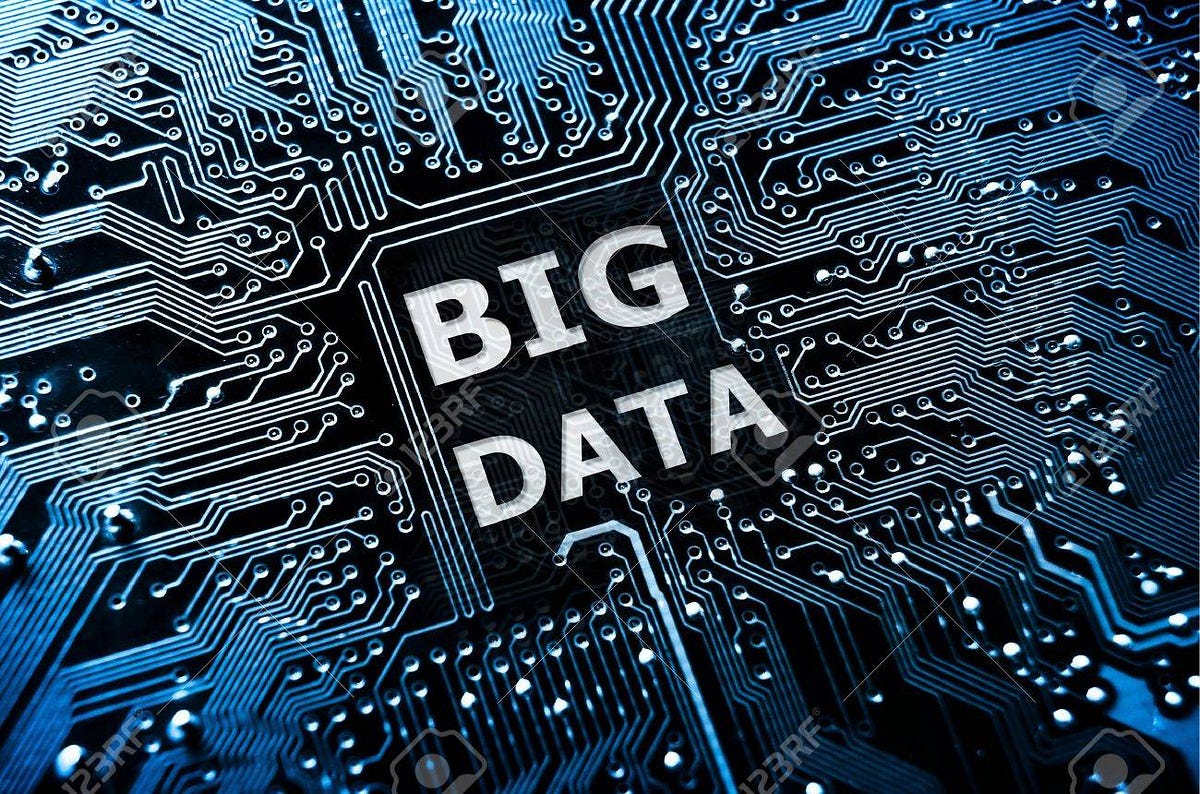Introduction to Big Data

Big data refers to the large and complex sets of data that traditional data processing methods are unable to handle. It is typically characterized by the “3Vs”: volume, variety, and velocity.
Volume refers to the sheer amount of data generated and collected, which can be in the petabytes or even exabytes. This data can come from a variety of sources, such as social media, IoT devices, and log files.
Variety refers to the different types of data that are present, such as structured data (like a spreadsheet), semi-structured data (like a JSON file), and unstructured data (like text or images).
Velocity refers to the speed at which data is generated and needs to be processed. This can be in real-time or near real-time, and can include streams of data such as stock prices or tweets.
To process and analyze big data, specialized tools and technologies are required. These include distributed computing frameworks such as Apache Hadoop and Apache Spark, as well as NoSQL databases like MongoDB and Cassandra.
Data engineers and data scientists often work together to build big data pipelines to collect, store, process, and analyze big data. They also use machine learning and statistical techniques to make sense of this data and extract insights.
Big data can be used in a wide range of industries and applications, such as:
- Predictive maintenance in manufacturing
- Fraud detection in banking
- Personalized recommendations in e-commerce
- Predictive modeling in healthcare
Big data has the potential to bring huge value to organizations by providing insights that were previously impossible to uncover. However, it also presents challenges such as data privacy and security, and requires specialized knowledge and skills to handle.
There are several techniques and tools commonly associated with big data, including:
- Distributed Computing Frameworks: Apache Hadoop and Apache Spark are two of the most popular distributed computing frameworks for big data processing. Hadoop is a framework for storing and processing large amounts of data across a cluster of commodity hardware, while Spark is a high-performance engine for large-scale data processing and machine learning.
- NoSQL databases: NoSQL databases such as MongoDB, Cassandra, and HBase are designed to handle large amounts of unstructured data, and provide high scalability and performance. They allow for flexible data modeling and can handle a wide variety of data types.
- Data Streaming: Apache Kafka and Apache Storm are popular open-source tools for processing and analyzing real-time data streams. They can handle high throughput and low-latency data and can be integrated with other big data tools such as Spark and Hadoop.
- Machine Learning: Apache Mahout, H2O.ai, and TensorFlow are popular open-source machine learning libraries that can be integrated with big data tools to extract insights from large data sets.
- Cloud-based Big Data Platforms: Cloud-based big data platforms such as Amazon Web Services (AWS), Google Cloud Platform (GCP), and Microsoft Azure provide a range of services for big data processing and analytics, including data storage, computing power, and machine learning services.
- Data Visualization: Tools like Tableau, QlikView, and Power BI are popular for creating interactive visualizations and dashboards to help users explore and understand big data.
- Data Governance, Security and Privacy: To handle big data, it’s also important to have tools and technologies that ensure data governance, security and privacy, such as Apache Ranger, Apache Atlas, and Apache Knox.
These are just a few examples of the many tools and techniques that are used to work with big data. The best ones to use will depend on the specific requirements of the project, the skills of the team and the budget.
Advantages of big data :
- Improved decision-making: With access to large and diverse data sets, organizations can gain insights that were previously impossible to uncover, which can lead to better decision-making and a more efficient use of resources.
- Increased efficiency and automation: Big data can be used to automate repetitive tasks and processes, which can increase efficiency and reduce costs.
- Personalization: Big data can be used to create personalized experiences for customers, such as targeted advertising or personalized recommendations.
- Predictive modeling: Big data can be used to create predictive models that can be used for forecasting and identifying trends, which can be used to improve operations, reduce risks and make strategic decisions.
- New product development and innovation: Big data can be used to identify new product opportunities and to develop new products or services that are better tailored to customer needs.
- Cost reduction: By using big data to improve decision-making and automate processes, organizations can reduce costs and increase profitability.
- Better customer service: Big data can be used to gain insights into customer behavior and preferences, which can be used to improve customer service and increase customer satisfaction.
- Fraud detection: Big data can be used to detect and prevent fraudulent activities by identifying patterns and anomalies in the data.
- Improved security: By analyzing big data, organizations can identify potential security threats and vulnerabilities, and take appropriate measures to protect against them.
It’s worth noting that to take advantage of these benefits, organizations need to have the right infrastructure and expertise to process and analyze big data, and to ensure data governance, security and privacy.
Comments
Post a Comment